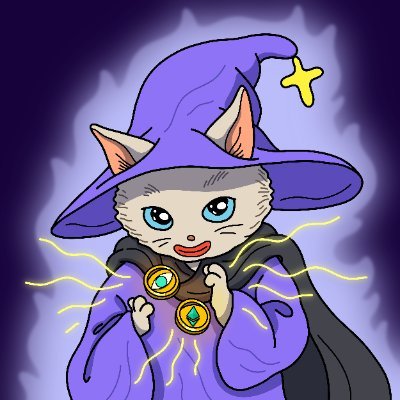以太坊大概并不太担心 “向下兼容” 的问题。几年前波卡生态也都是一路升级走过来的,重要的几个 DeFi 应用从 V1、V2 到 V3、V4 的迭代,用户几乎没有太多感知,何况没什么不能被改变的...
V 的这篇新博客里提到了 Apple 的 Rosetta 系统,精准地反应了出 Ethereum 主网若想把 EVM 换成其他 VM 将遭遇的技术挑战,本质上就像当年 Apple 舍弃 Intel、转向基于 Arm 架构的自研 M 系列芯片。
这到底难在哪儿?
我们之前说过,任何高级语言写出的代码,最终都得落到 某条指令集 上运行:
- 如果你的电脑的CPU是 Intel/AMD 的,那么程序就按照 x86 指令集执行
- 如果是 Apple M 系列 芯片,程序最终会按 Arm 指令集在 CPU 上跑
然后Recall一下程序究竟是怎么来的?
程序员通过高级语言写完代码后,需要通过编译器,把它编译成“针对某操作系统、某指令集”的可执行文件。下载应用时你常见的 “Linux-x86”“macOS-x86”“macOS-Arm” 就在说明这一点,文件名后缀代表了目标指令集(为啥还有操作系统的事,下次可以说)
那Tim,代价是什么呢?😡
Apple 决定换芯那一刻,海量应用并没有现成的 编译好的Arm 版本,结果就是 macOS-x86 的程序根本无法原生跑在 M 芯片上。
怎么办?找个翻译:这便是 Rosetta 的由来。
Rosetta ,来自罗塞塔石碑。牛逼在于使用了三种古语言记录了同一内容,其中的古希腊语成为破解埃及象形文字的钥匙。同理,Rosetta主要在两套指令集之间充当“翻译层”,把 A 指令集 编译出的程序 动态或一次性转译成 B 指令集。这样之前的程序也能在使用了新的指令集的硬件上无缝运行。得益于“计算等价性”,转译后的程序输出完全一致,但是会消耗一部分的性能。
为什么现在很少再提 Rosetta?随着 M芯片系列生态成熟,开发者在更新应用时通常,会再编译一份 Arm 版本的程序。只有那些年代久远、无人维护的老软件,还得靠 Rosetta 托底。
所以,如果以太坊真要替换 EVM,基本得重走 Apple 的迁移之路:
- 先造自己的 “Rosetta”,让旧合约字节码能在新 VM 上继续执行
- 再循序渐进地让新合约直接面向原生新 VM 编译
从铺设兼容层到最终覆盖全部旧合约,这条路依旧很长很长很长很长。
8,294
8
本页面内容由第三方提供。除非另有说明,欧易不是所引用文章的作者,也不对此类材料主张任何版权。该内容仅供参考,并不代表欧易观点,不作为任何形式的认可,也不应被视为投资建议或购买或出售数字资产的招揽。在使用生成式人工智能提供摘要或其他信息的情况下,此类人工智能生成的内容可能不准确或不一致。请阅读链接文章,了解更多详情和信息。欧易不对第三方网站上的内容负责。包含稳定币、NFTs 等在内的数字资产涉及较高程度的风险,其价值可能会产生较大波动。请根据自身财务状况,仔细考虑交易或持有数字资产是否适合您。


